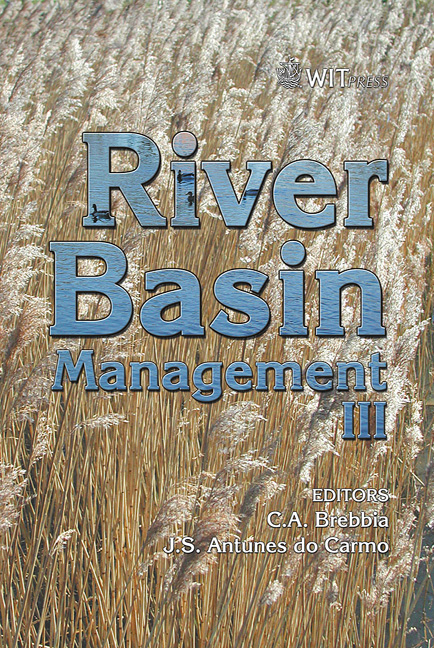The Role Of Humans In The Initiation Of Floods. Case Study: Flood, August 1998 – Masouleh, Guilan-Iran
Price
Free (open access)
Transaction
Volume
83
Pages
8
Published
2005
Size
1,957 kb
Paper DOI
10.2495/RM050581
Copyright
WIT Press
Author(s)
B. R. Gourabi
Abstract
As an ancient and a small tourist town, Masouleh is located in a mountainous and forested area in the western part of the Guilan province in northern Iran. The altitude of the town is 1050 meters above sea level and it has been recorded as a national heritage. Because of its uniqueness, Masouleh has also been recorded by Unesco. During the tourist season, this town receives a considerable number of domestic as well as international tourists. Natural hazards such as the 1998 flood adversely affected the number of tourists to this area. The aim of this paper is to analyze the main factors which attributed to the 1998 flood in Masouleh, through which more than 50 lives were lost and extensive damages were left. Through fieldwork, the possible climatic, geomorphologic and human factors associated with the 1998 flood were analyzed. The study found that the role of the human factor has been crucial amongst the others. From a morphological point of view, the area is mainly covered with glacial sediments, therefore, if proper steps are not taken, we could face severe floods in the near future. Keywords: flood, glacial deposits, Guilan, Masouleh, natural hazard. 1 Introduction The town of Masouleh is registered under No.1090 in the inventory of history works by Unesco and Iranian Cultural Heritage. What has much significance from any point of view whether economical, or related to the income and subsistence of the people, has originated from the tourism both local and international.
Keywords
flood, glacial deposits, Guilan, Masouleh, natural hazard.





